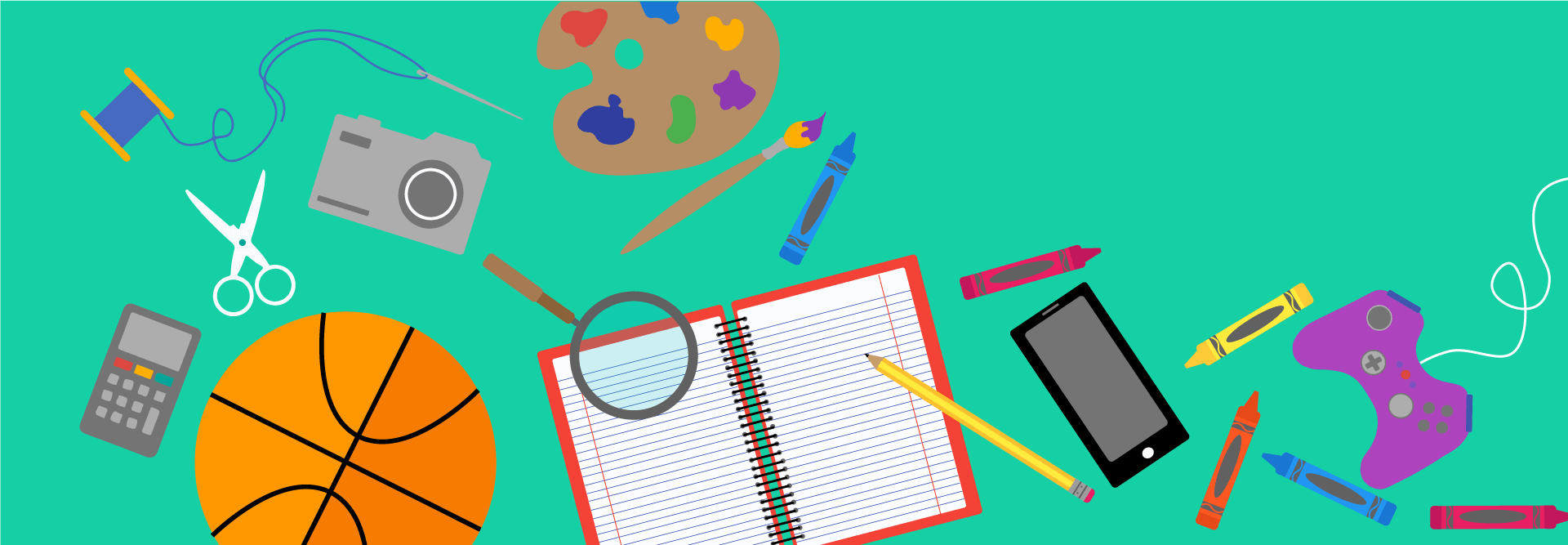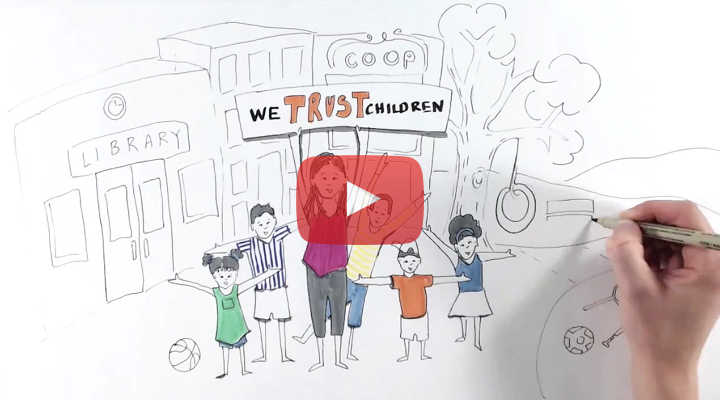People practice Self-Directed Education in all the ways you can imagine and probably some you haven’t imagined yet! Those comforted by the familiarity and ubiquity of conventional schooling often react to a learner or family rejecting that path by expressing fear the young person will “miss out” or “fall behind,” revealing an assumption that the school represents an oasis of opportunity and information in an otherwise scarce world. With reality — and stories and cyberspace — instead offering so much more possibility than is found within the bounds of school walls and standardization agendas, it’s clear this fear of missing out is misplaced. As each individual learner brings their interests, needs, and goals to navigating their specific context in self-directed education, they create a path and future unique to them. Not knowing what that will look like or where it will lead can feel scary, especially to schooled adults, but there’s exciting potential in that unknown (and the good life guarantees of schooling are an illusion anyway).
For a young person and their caretaker/s committed to self-directed education, one big factor influencing what that will look like for them is the structure of their local laws. In some places, there are compulsory schooling laws and also recognized schools that are designed to support
Whatever learning ecosystem you choose at any point, it’s important to remember that Self-Directed Education is a whole-life, agency and consent-based process. When children are free to learn on their own terms, they learn everywhere and all the time — not only in places and at times set aside for “educational purposes.”
Being self-directed doesn’t mean going it alone. Aside from modeling by pursuing their own growth and learning, caretakers and other adults facilitate Self-Directed Education by providing access to resources, creating SDE-friendly environments, and engaging in authentic conversations prompted by the learners’ curiosities. Young people can also facilitate for each other. Sometimes young people facilitate for adults, and our other-than-human neighbors sometimes facilitate for us all.
Self-Directed Education facilitators must reject the obsolete notion that young people need to learn a standard set of skills and subjects by a certain time. Successful facilitation requires, among other skills and orientations, a deep appreciation for informal, spontaneous, and emergent learning processes.
The Alliance for Self-Directed Education is dedicated to helping parents and educators understand lifelong education as a natural process, learn to trust it, and get the support they need to find their own unique ways of practicing and facilitating SDE with the young people in their lives.
Want to learn more about how Self-Directed Education shows up in the world? Check out our database of books, podcasts, videos, and more, as well as our brand new offering, The ASDE Compendium: a rich collection of knowledge, wisdom, and lived experiences from practitioners of Self-Directed Education (SDE) around the world. We also invite you to watch our video, How We See
Return to What is






